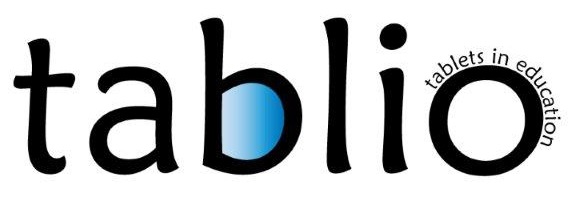Pedagogical design principles on classroom differentiation and inclusion with tablets
1 General design principles
1.1. Differentiation should be a pro-active teaching procedure.
1.2. Many stakeholders should be involved in order to differentiate successfully.
1.3. Being student-centred and being aware of the many differences in the group are considered a significant influencer in achieving inclusion of all students.
1.4. Differentiation is more about the quality of the differentiation than the quantity.
1.5. Differentiation provides multiple approaches to content, process and product.
1.6. Differentiation is not a static, but rather an organic, dynamic process.
2 Design principles related to content differentiation
2.1. It is advisable to use a varied set of learning materials.
2.2. It is advisable to use a set of meaningful and authentic learning materials.
2.3. Teachers may consider using student-generated content as learning materials for other students or classes.
2.4. Teachers could include options to branch to more complex content.
3 Design principles related to process differentiation
3.1. Teachers may formulate high expectations, may expect a serious effort and should support students where needed.
3.2. Designing and providing differentiated tasks should go hand-in-hand with a coaching attitude of the teacher.
3.3. The teacher should be in favour of peer learning.
3.4. Different grouping techniques might be used variously: by interest, divergent, convergent,...
3.5. Consider building variation into your educational method; aligned with grouping strategies and learning contracts.
3.6. Consider building variation into the learning environment: the school and classroom environment, real-life environments and virtual environments.
3.7. Assessments might be developed from a growth mindset.
3.8. Students should be stimulated to assess themselves and their peers.
3.9. Try to give quick and concrete feedback to students and therefore integrate ICT-tools as a smart catalyst.
3.10. Giving feedback is a specific skill. It is important to train the students to give qualitative feedback and feedforward to other students.
4 Design principles related to product differentiation
4.1. Consider using alternative assessment-techniques in addition to traditional assessment-techniques in order to adapt more to individual needs, changes and differences.
4.2. Try to enable your students to use higher level thinking skills.
4.3. Evaluation rubrics with clearly described expectancy levels should be used.
4.4. The teacher should give variety and openness in creating the outcomes and the final product in order to help students express themselves better, and better addresses students with different characters, needs, levels and preferences.
4.5. Teachers should use summative assessment to decide on learning outcomes.
4.6. Teachers should use formative assessment to monitor the progress and give feedback to your students.
4.7. Logistics and materials may be provided to help students preparing their products efficiently.
5 Design principles related to differentiation on student’s characteristics
5.1. Try to formulate high expectations for students and be confident in learners’ achievements.
5.2. Aim to challenge students and provide different levels of learning materials to challenge them.
5.3. Consider involving students in the process of differentiation, e.g. group choice.
5.4. One should routinely use consistent and meaningful assessment to get a good view of students’ readiness, interests and meta-cognitive abilities.
5.5. Be aware of differences between students based on special needs, gender, culture, linguistic preferences, strengths and weaknesses; confidence; self-awareness; self-efficacy. (inclusion)
5.6. Learning styles are not an advisable way to differentiate between students since they fail to challenge the students to use different ways of learning and don’t lead to higher learning outcomes.
5.7. Try to take advantage of the availability of ICT-tools for assessment to enable easy and fast (self-)assessment of students.
